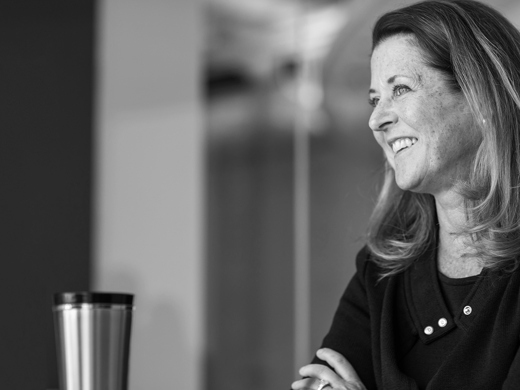IP litigation is among the most high-risk areas of litigation, and the capacity and willingness of law firms to take matters on full contingency is decreasing. Other factors are only adding to the uncertainty, and therefore we continue to see extraordinarily high demand for financing in IP matters. Below we sketch in brief the key events we think mattered most in the patent world in 2017, and our view on what’s to come in 2018.
2017: The year in review
Key Supreme Court decisions reshape the patent landscape
TC Heartland v. Kraft Foods
- Places new limits on where patent infringement lawsuits can be filed
- Reduces the ability to forum shop
- The Federal Circuit’s subsequent decision in In re Cray, Inc. further narrowed venue to districts in which the defendant has an established physical presence
Samsung Electronics Co. v. Apple, Inc.
- Design patent awards limited to revenues attributed to the component, not the entire article
- A challenge for design patents covering multicomponent products
SCA Hygiene Products AB v. First Quality Baby Products
- The Patent Act contains a six-year statute of limitations, so laches can no longer be used as a defense by accused infringers
- Decision favors patent holders, and clarifies damages window for all parties
Sandoz v. Amgen
- Interprets key provisions of Biologics Price Competition and Innovation Act (BPCIA) in favor of biosimilar manufacturers
- Biosimilar applicants have flexibility in choosing how and when to address patent disputes
- The “patent dance” could last more than two years
- Bypassing BPCIA in favor of litigating patents quickly may become an attractive alternative
PTAB continues to favor challengers
- Entering its sixth year, PTAB invalidates patent claims at far higher rates than Article III tribunals in parallel proceedings
- Some patent owners are taking drastic measures to avoid the forum, including a pharmaceutical company that transferred ownership of six patents to a Native American tribe in hopes of securing sovereign immunity against IPRs
- Still, recent developments suggest modest improvements for patent owners
- A fractured en banc decision in Aqua Products, Inc. v. Matal may make it possible for patent owners to amend claims in IPR proceedings
What to expect in 2018
New USPTO leadership
- Patent litigator and managing partner of Irell & Manella Andrei Iancu poised to become the next Under Secretary of Commerce for Intellectual Property
- Would replace Michelle Lee, a former Google executive who many viewed as running the PTO with large company interests in mind
- Iancu has a long history of litigating patents on both sides of the “v.”, and may have a more balanced approach
- The change could be positive for patent owners
Impact of Oil States Energy Service v. Greene’s Energy Group
- Constitutionality of inter partes review (IPR) under consideration
- Petitioner argued that the Patent Trial and Appeal Board (PTAB) cannot invalidate patents
- Decision could result in dismantling of the PTAB, which would be a welcome development for most patent owners
Developments abroad
- European Unified Patent Court (UPC): The UPC would centralize patent proceedings and automatically grant EU-wide injunctions against defendants who infringe valid patents—making the tribunal an attractive feature for innovators considering whether to shift R&D and legal budgets to Europe. Will Germany ratify?
- China: Patent owners test the waters in China, but damages awards remain modest
Despite a few positive changes for patent holders in 2017, IP litigation remains a risky endeavor—but one that is ideally suited for outside finance. As patent owners and their counsel seek new and better ways to navigate the IP landscape, we anticipate seeing increased demand for litigation finance, which offers the same ability to warehouse the cost and risk of litigation as a contingent fee arrangement.



